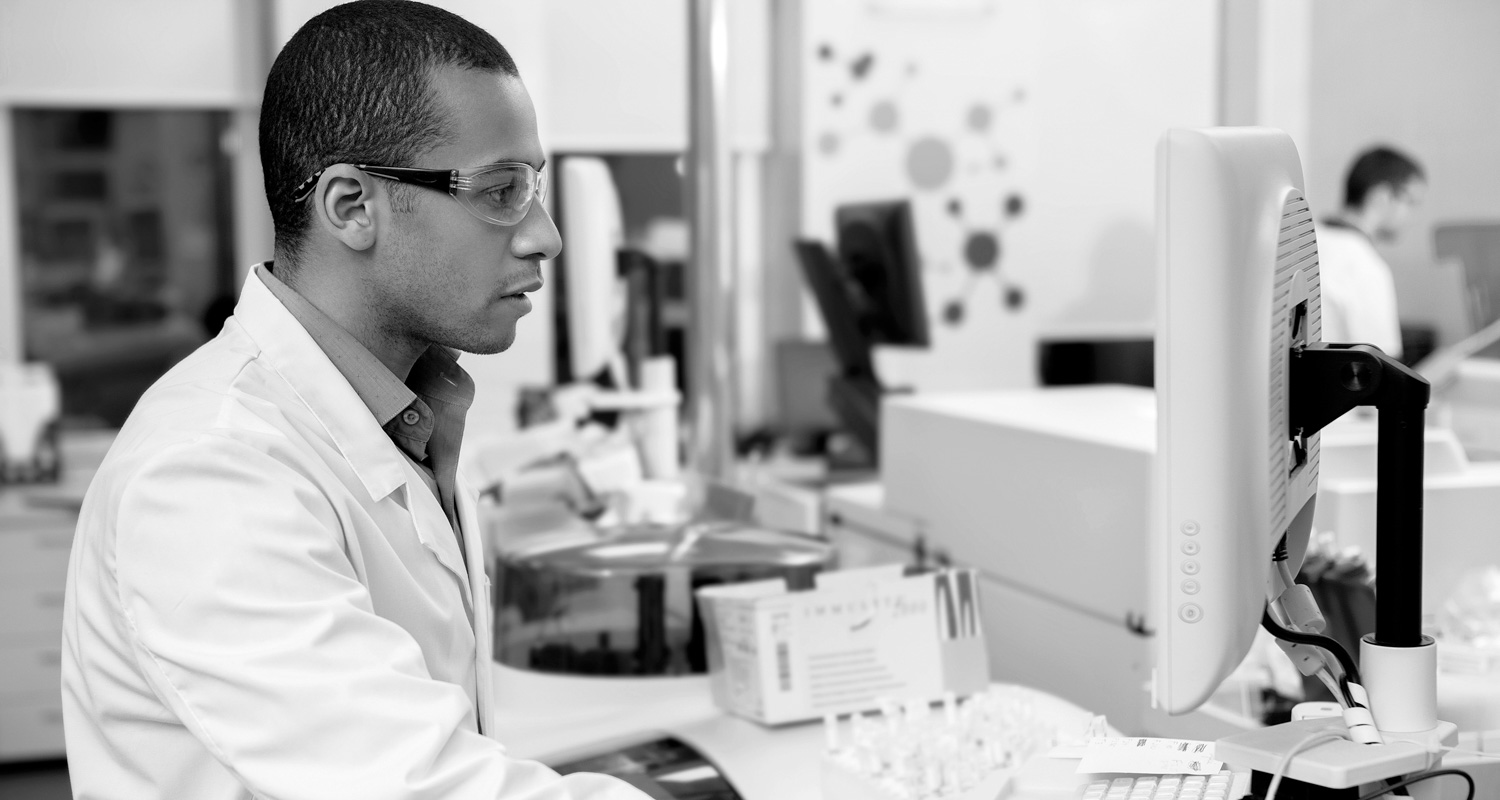“What Is Well Conceived Is Clearly Stated” : Reflection On Definitions.
During exchanges relating to the management of animal facilities, it is common to observe either confusion or a lack of precision in the terminology used.
First of all, the term “programme” applied to a “health and/or biological risk management programme” is defined as “a dynamic system, combining and using different methods and approaches in a coherent programme (*) in order to control the healthcare environment conditions of a Microbiological Unit in order to avoid any possibility of contamination.”
(*) i. e. avoiding or minimizing the impact of the weak point(s) threatening the overall effectiveness of the programme.
The term “Microbiological Unit” (UM) defines an independent microbiological entity, consisting of a set of housing systems occupying the same space, sharing the same personnel, the same flows… and whose animal microbiological status is considered as identical, for example in case of health drift or contamination. A health management and monitoring programme is generally defined specifically for a given MU, with regard to the activities carried out there. An MU can be difficult to define, for example, with rodents housed in IVC systems.
The purpose of cleaning is to remove waste, dirt, fibers, particles etc. from a surface or object in such a way as to bring them back to the state of cleanliness required for the disinfection and/or sterilization operation. Cleaning also tends to deprive micro-organisms of the substrate that supports their life. Bio-cleaning uses physico-chemical processes aimed at the careful and thorough removal of all organic and mineral matter present on objects or surfaces but invisible to the eye, particularly before disinfection. A rinsing phase generally follows a cleaning phase to remove residues of used products that may come into contact with personnel or animals, or that may be chemically incompatible with the products of the next stage (chemical cleanliness). Bio-cleaning involves sweeping or wet cleaning, a technique designed to retain fine particles and dust on a wet surface to prevent them from re-suspending in the air.
Disinfection or decontamination are operations with temporary results that reduces undesirable micro-organisms and parasites carried by contaminated inert media, depending on the objectives set. The result is limited to the biological agents present at the time of the operation. During decontamination or disinfection, there is no conditioning of the object, and as soon as the treatment is completed, the object is recolonized. In addition, during disinfection or decontamination, the approach used to validate efficacy under application conditions calls for a very different strategy from the qualification of sterilization.
Disinfection defines as a minimum reduction of 6 log10 on bacteria (vegetative and spore forms), yeasts and fungi, 4 log10 on sporulated forms and viruses, and 5 log10 on mycobacteria. It therefore does not necessarily remove the entire charge: after disinfection, can an object still carry micro-organisms if the initial inoculum is high? It is practiced on previously cleaned supports and is generally “ephemeral.”
Decontamination is the first treatment to be carried out on soiled objects and materials with the aim of reducing the population of micro-organisms and facilitating subsequent cleaning and/or reducing the risk for cleaning personnel and avoiding contamination of the environment. Decontamination precedes cleaning.
Sterilization (by physical or chemical methods) aims to destroy biological agents to achieve sterility. It is generally preserved by the packaging of the items concerned. Sterility means “absence of any germ, bacteria or virus, in the form of spores or vegetative forms.” A medium or object is sterile if it has a probability of 1/1.000.000 of being contaminated. It is carried out on perfectly cleaned supports: “one can only be sterilized what is perfectly clean.” Sterilization is also a method that is accompanied by controls to validate each sterilization cycle.
Sanitation means for the WHO when it applies to the provision of facilities and services for the safe disposal of urine and feces to control this cause of morbidity worldwide. In this context, it also means maintaining good hygiene conditions through services such as garbage collection and sewage disposal. In animal testing facilities, it is defined as the maintenance of environmental conditions that contribute to animal health and welfare. It includes proper bedding change, cleaning and disinfection (Guide for the Care and Use of Laboratory Animals: Eighth Edition, 2010).
Finally, it is useful to recall the definition of antisepsis, which is an operation with a momentary result allowing the level of living tissues, within their tolerance, to reduce, eliminate and / or inactivate microorganisms according to the objectives set. The term disinfection is normally reserved for “inert,” non-living surfaces.

